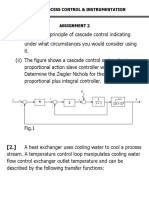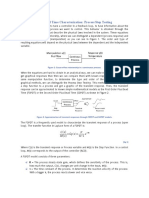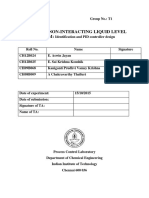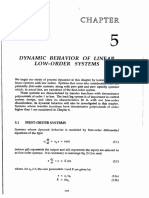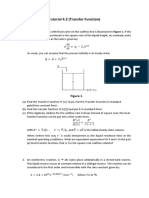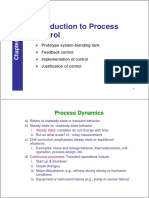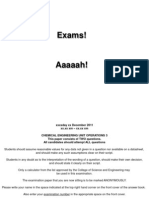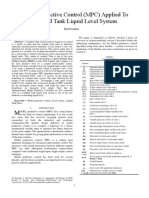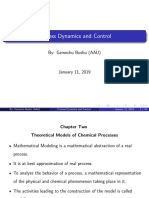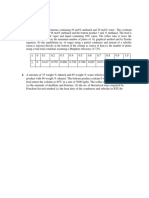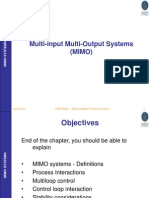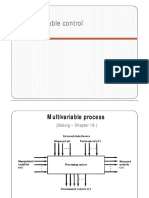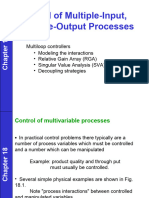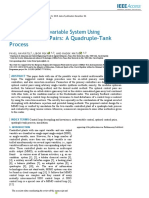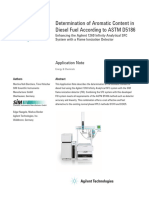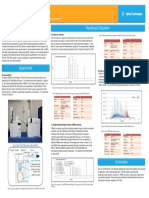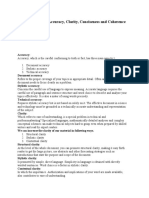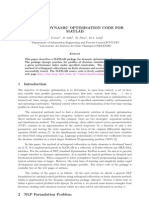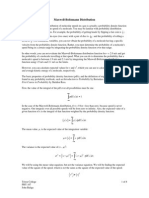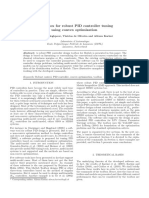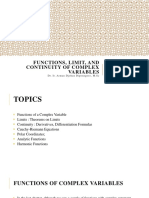0% found this document useful (0 votes)
969 views43 pagesMultiloop and Multivariable Control PDF
This document discusses multivariable and multiloop control strategies. It begins by explaining the difference between single-input single-output control systems and multi-input multi-output control systems which have multiple process variables that must be controlled and manipulated. The document then covers topics such as process interactions, pairing of controlled and manipulated variables, relative gain array analysis to determine optimal pairings, and multiloop and multivariable control strategies. It provides examples to illustrate concepts such as transfer function models, block diagram analysis, stability of multiloop systems, and relative gain array calculations.
Uploaded by
Vaibhav AhujaCopyright
© © All Rights Reserved
We take content rights seriously. If you suspect this is your content, claim it here.
Available Formats
Download as PDF, TXT or read online on Scribd
0% found this document useful (0 votes)
969 views43 pagesMultiloop and Multivariable Control PDF
This document discusses multivariable and multiloop control strategies. It begins by explaining the difference between single-input single-output control systems and multi-input multi-output control systems which have multiple process variables that must be controlled and manipulated. The document then covers topics such as process interactions, pairing of controlled and manipulated variables, relative gain array analysis to determine optimal pairings, and multiloop and multivariable control strategies. It provides examples to illustrate concepts such as transfer function models, block diagram analysis, stability of multiloop systems, and relative gain array calculations.
Uploaded by
Vaibhav AhujaCopyright
© © All Rights Reserved
We take content rights seriously. If you suspect this is your content, claim it here.
Available Formats
Download as PDF, TXT or read online on Scribd
/ 43








